Central Park: A Green Oasis in the Concrete Jungle

Central Park, nestled amidst the towering skyscrapers of New York City, stands as a remarkable testament to the power of nature in an urban landscape. Spanning over 840 acres, this sprawling park has been a sanctuary for both locals and tourists seeking respite from the city's hustle and bustle. Beyond its aesthetic beauty and recreational opportunities, Central Park holds immense ecological significance. In this five-part series, we will delve into the wonders of this green oasis, exploring its rich biodiversity, ongoing conservation efforts, and the vital role it plays in preserving nature within an urban environment.
A Haven for Biodiversity
Central Park, with its diverse habitats and carefully designed landscapes, serves as a haven for a remarkable array of flora and fauna. From sprawling meadows and wooded areas to serene lakes and ponds, the park offers a variety of ecosystems that support a wide range of species. The Great Lawn, with its lush green expanses, provides a summer refuge for picnickers and sunbathers while also offering a vital habitat for numerous bird species.
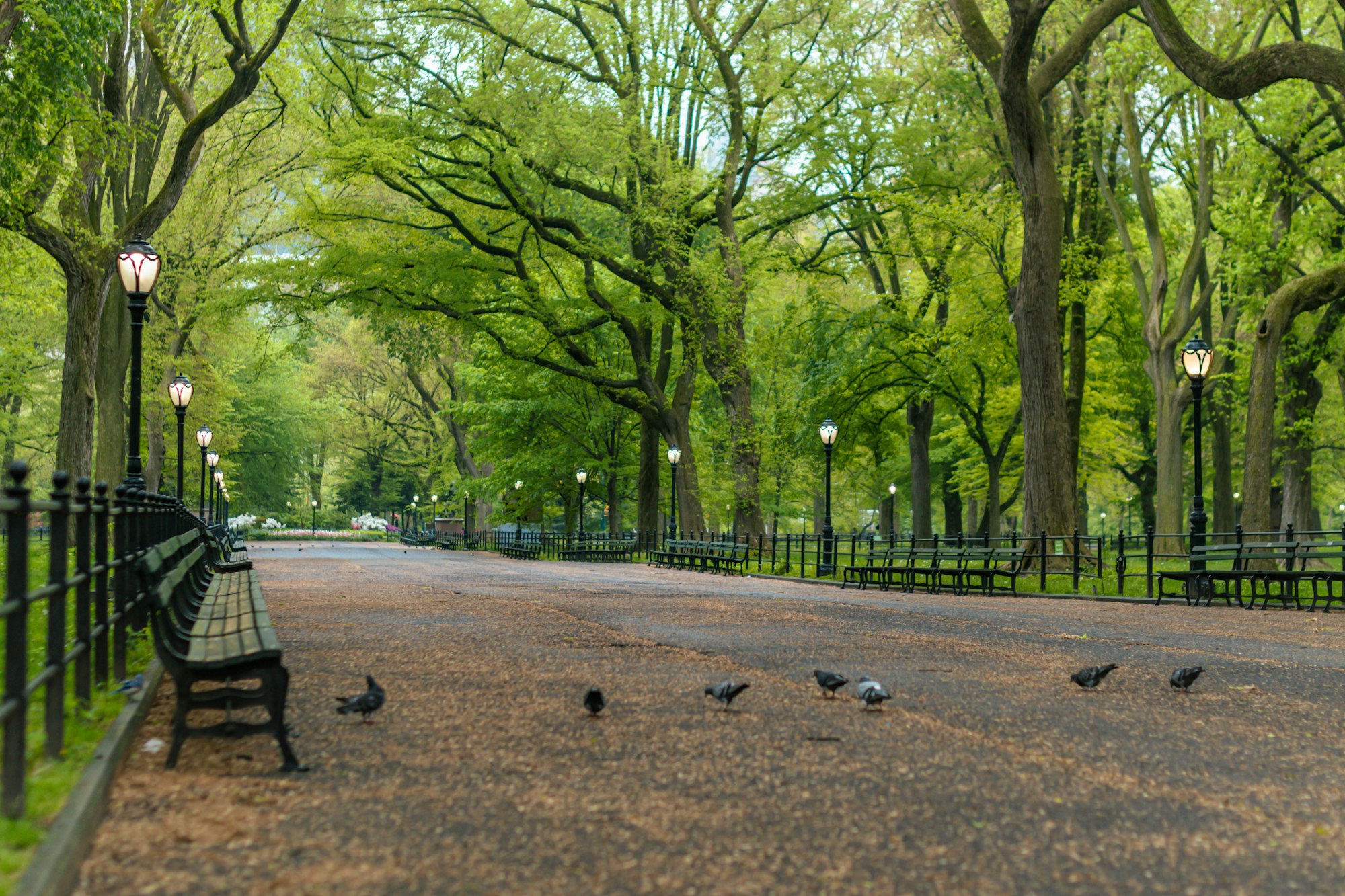
The Ramble, a tranquil woodland, is home to migratory birds, butterflies, and small mammals, making it a favourite spot for birdwatching enthusiasts. The park's water bodies, including the Central Park Lake and Harlem Meer, support aquatic life, including fish, turtles, and waterfowl.
Conservation efforts in Central Park focus on maintaining and enhancing these natural habitats, ensuring the preservation of the park's biodiversity. Wildlife monitoring programs, tree plantings, and invasive species management are just a few of the initiatives implemented to protect and nurture the park's delicate ecosystems. By fostering a healthy balance between recreation and conservation, Central Park showcases the possibility of harmonious coexistence between nature and an urban setting.
A Journey through History
Central Park is not only a sanctuary for nature but also a living testament to the rich history of New York City. As we explore its storied past, we gain a deeper appreciation for the park's significance and the visionaries who brought it to life.
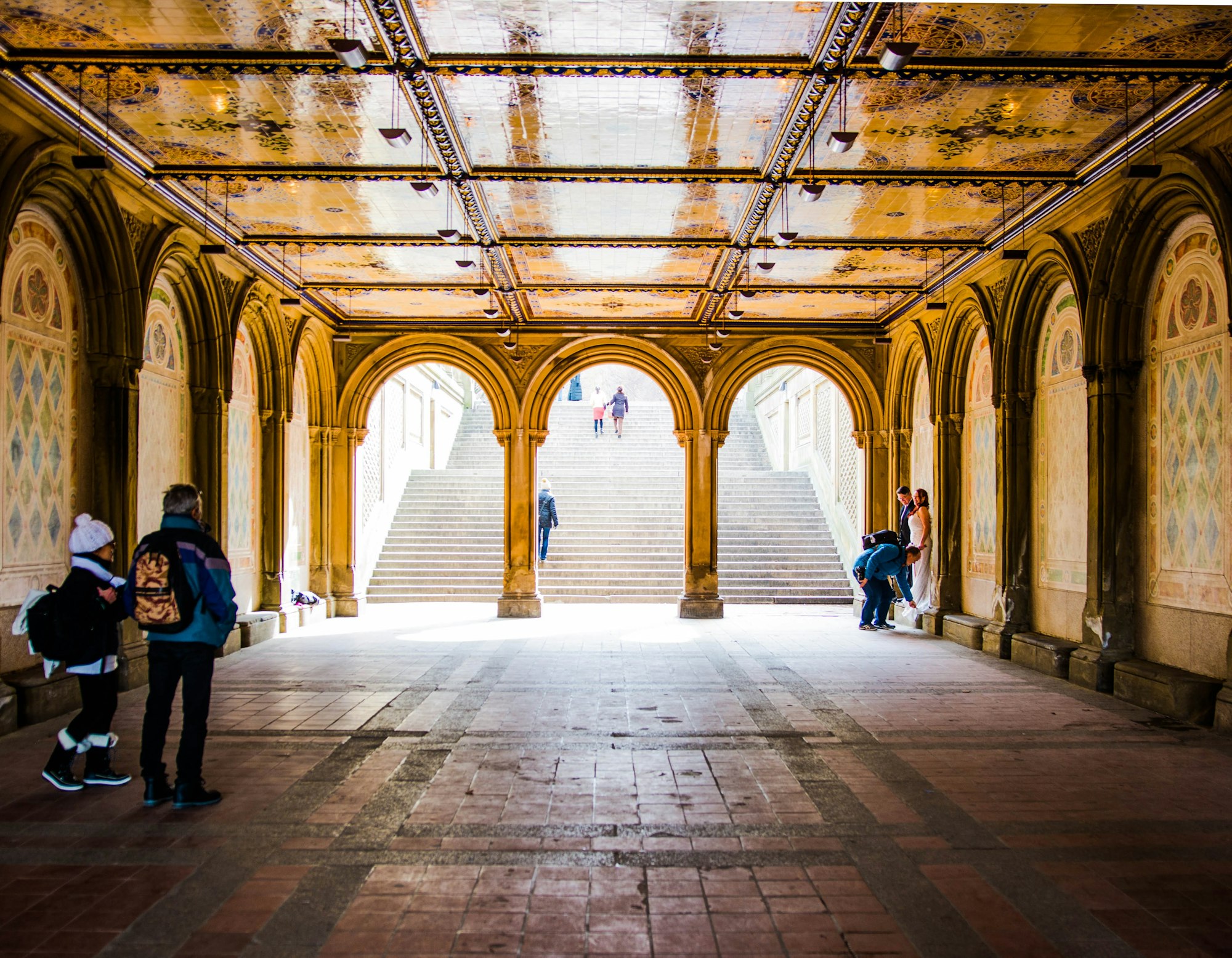
Designed by Frederick Law Olmsted and Calvert Vaux in the mid-19th century, Central Park was envisioned as a democratic space accessible to people from all walks of life. It was a radical idea at the time, as cities worldwide were rapidly industrializing. The park's construction involved transforming swamps, rocky outcrops, and barren land into a harmonious landscape of rolling hills, meandering paths, and picturesque lakes. Today, it stands as a testament to human ingenuity and the enduring power of nature.
Throughout its history, Central Park has been a venue for significant events, gatherings, and celebrations. It has witnessed civil rights marches, political rallies, concerts, and even movie screenings under the stars. It has been a place of solace and inspiration for countless individuals seeking moments of respite amidst the urban chaos.

The park's landmarks, such as the iconic Bethesda Terrace and Fountain, the whimsical Alice in Wonderland sculpture, and the majestic Bow Bridge, are not only architectural marvels but also symbols of the park's rich history and cultural significance.
As we continue our exploration of Central Park in the next part of our series, we will uncover the various recreational activities and attractions that make this urban oasis a must-visit destination for locals and tourists alike.
Recreational Delights in Central Park
Central Park offers a plethora of recreational activities and attractions that cater to a diverse range of interests. Whether you seek relaxation, adventure, or cultural enrichment, the park has something for everyone.
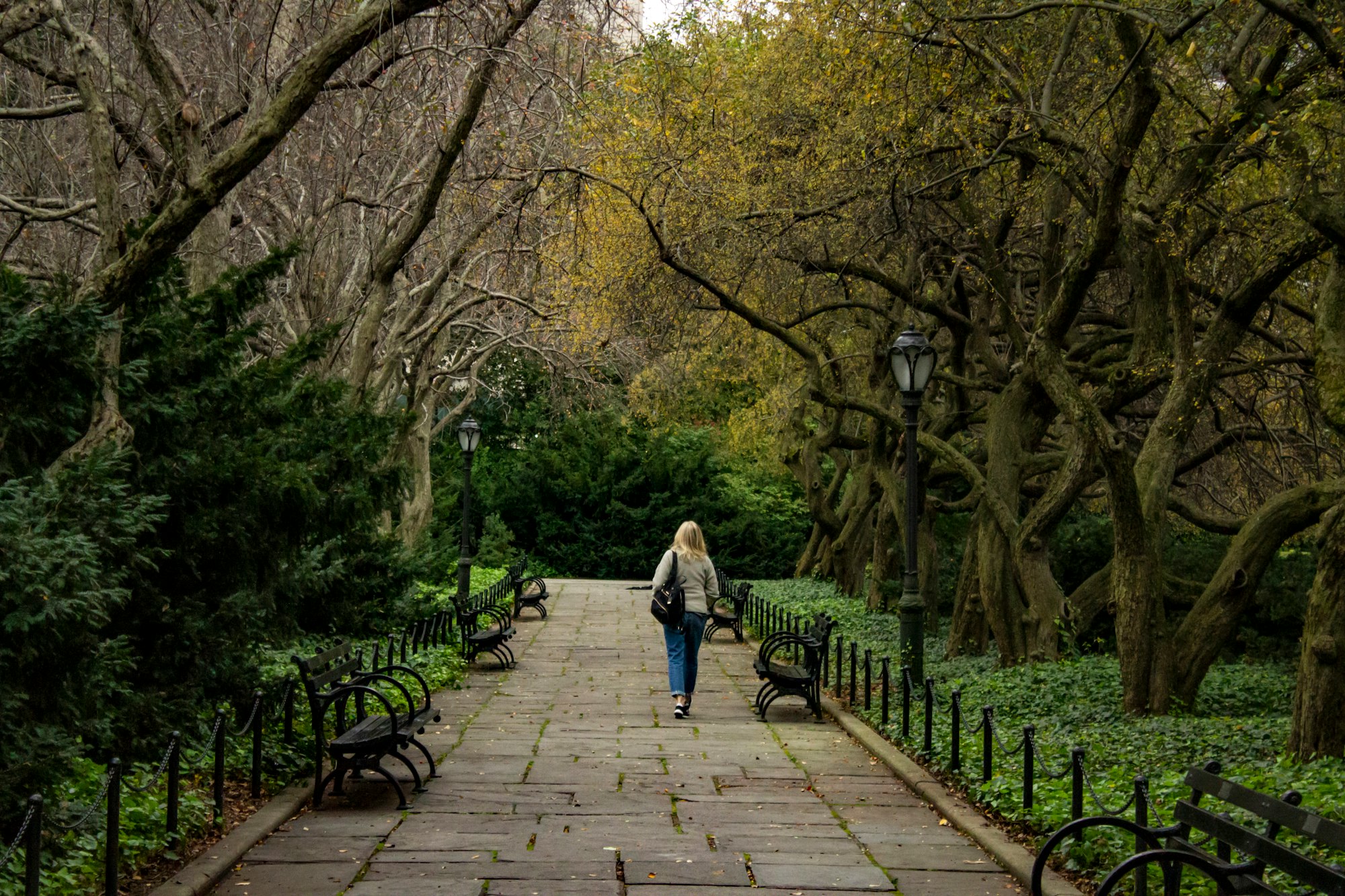
For nature enthusiasts, Central Park provides ample opportunities for exploration and tranquillity. Walking, jogging, or cycling along its scenic pathways allows visitors to immerse themselves in the park's natural beauty while staying active. The park also boasts designated areas for picnicking, offering a chance to relax and enjoy a meal amidst the lush greenery.

Families can delight in the numerous playgrounds, carousel rides, and even the Central Park Zoo, where they can marvel at a variety of animals.
Sports enthusiasts will find a wide array of options to indulge their passion. From baseball and softball fields to tennis courts and basketball courts, Central Park caters to those looking for friendly competition or casual recreational play. Boating on the Central Park Lake is another popular activity, where visitors can rent rowboats or enjoy a relaxing gondola ride, all while soaking in the park's serene ambiance.
Cultural aficionados can revel in the park's artistic offerings. Concerts, theatrical performances, and dance recitals are regularly held at various venues, such as the Delacorte Theatre and the Naumburg Bandshell. The park's historical landmarks, including Belvedere Castle and the Conservatory Garden, provide a backdrop for photography enthusiasts to capture memorable moments.
As we approach the final part of our series, we will shed light on the ongoing efforts to preserve and sustain the ecological balance of Central Park, ensuring its continued vitality as an urban green space.
Preserving Nature's Haven
Central Park's enduring allure lies not only in its recreational offerings but also in its commitment to preserving and protecting the natural environment. The park's custodians and dedicated conservationists work tirelessly to maintain its ecological balance and ensure its sustainability for generations to come.
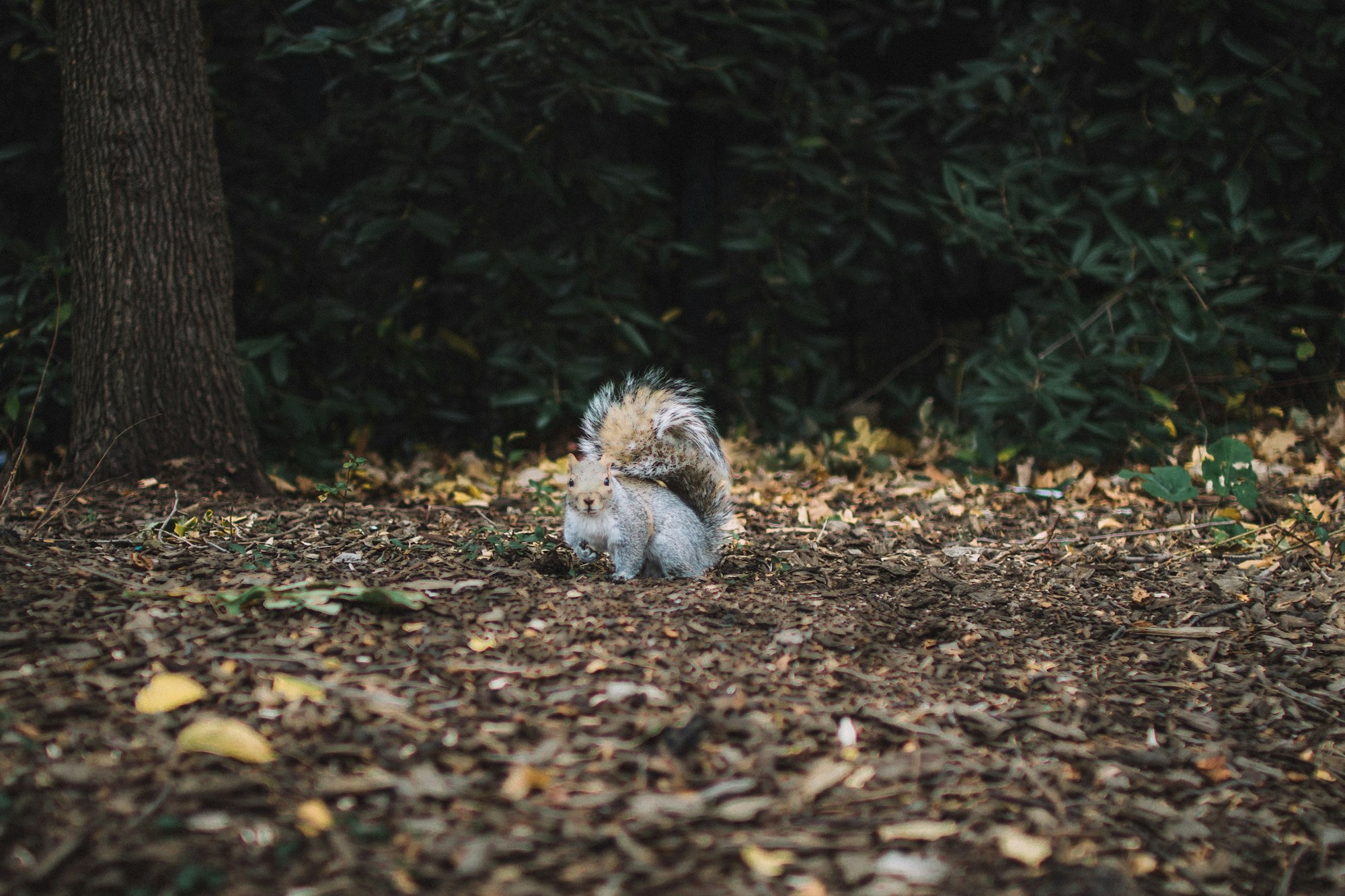
Central Park's conservation initiatives encompass various aspects, including wildlife management, tree preservation, and sustainable practices. The park serves as a refuge for countless species of birds, mammals, reptiles, and insects. Through careful monitoring and habitat preservation, Central Park fosters biodiversity and creates a safe haven for these creatures in the heart of the city.
Tree preservation is a cornerstone of Central Park's conservation efforts. With thousands of trees adorning its landscape, the park boasts a rich canopy that provides shade, filters air pollutants, and contributes to the overall well-being of the ecosystem. Ongoing tree maintenance programs, such as pruning and disease control, ensure the health and longevity of these arboreal treasures.
Central Park's commitment to sustainability extends to its management practices as well. Waste reduction, recycling initiatives, and the promotion of eco-friendly practices contribute to minimizing the park's ecological footprint. The use of organic fertilizers and integrated pest management techniques helps maintain a healthy environment while reducing the need for harmful chemicals.
Through educational programs, volunteer opportunities, and community engagement, Central Park fosters a sense of stewardship among its visitors. It encourages individuals to become actively involved in the preservation of this precious urban oasis.
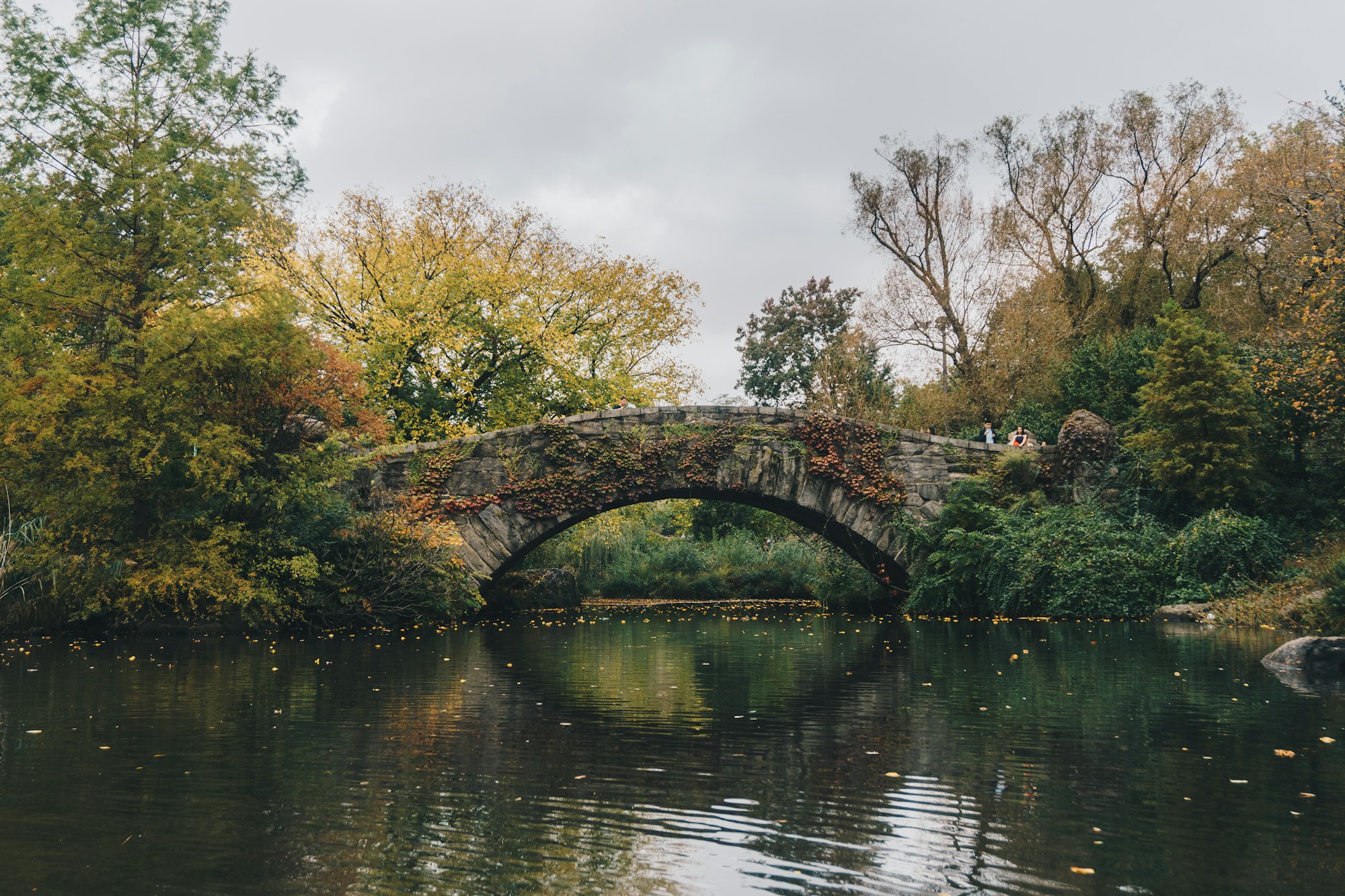
As we conclude our exploration of Central Park, we leave with a renewed appreciation for its ecological significance and the vital role it plays in preserving nature amidst the concrete jungle of New York City. This green oasis stands as a testament to the remarkable balance that can be achieved between urban development and environmental conservation.
Whether you are a local resident or a tourist visiting the city, a visit to Central Park is an invitation to connect with nature, immerse yourself in its wonders, and witness first-hand the harmonious coexistence of an urban landscape and the natural world.
